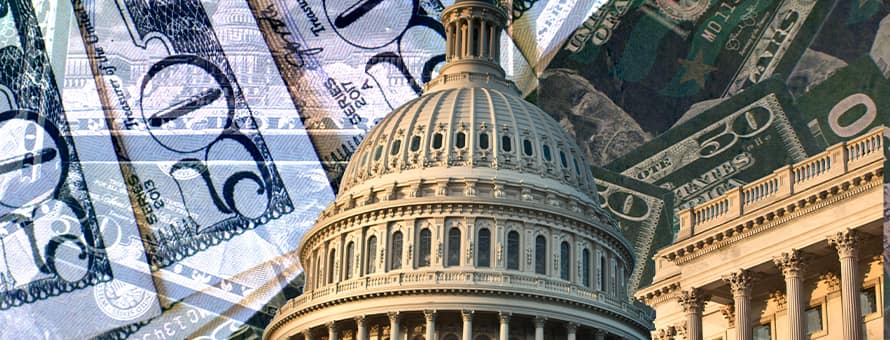What is the Debt Ceiling?

Business Deans Weigh in on Potential Impacts
 The United States government may default on its debt this summer unless Congress agrees to raise the national debt ceiling. The debt ceiling is the amount of money the government can borrow to cover its existing legal obligations, including critical government programs, according to Kristin Regis, Southern New Hampshire University’s associate dean of business.
The United States government may default on its debt this summer unless Congress agrees to raise the national debt ceiling. The debt ceiling is the amount of money the government can borrow to cover its existing legal obligations, including critical government programs, according to Kristin Regis, Southern New Hampshire University’s associate dean of business.
An increase in the debt ceiling has historically been the solution. Since 1981, the debt ceiling has increased from $5 trillion to $31 trillion, said Associate Dean of Business Dr. Zuzana Buzzell. According to Buzzell, both parties use the debt ceiling to push a “political agenda.”
 “Ultimately, each party is either understating their party’s blame or overstating the other party’s blame,” Buzzell said. “They need to work together in order to protect … citizens and to ensure that the United States is viewed as a safe country with a stable economy worth investing into.”
“Ultimately, each party is either understating their party’s blame or overstating the other party’s blame,” Buzzell said. “They need to work together in order to protect … citizens and to ensure that the United States is viewed as a safe country with a stable economy worth investing into.”
According to Buzzell, if the debt ceiling is not lifted, “the treasury will not be able to meet its obligations. In other words, the government will not be able to pay its bills.” She says the impact will be felt nationwide.
“Decreases in income and higher borrowing costs could plunge the economy into recession with widespread job losses,” Buzzell said.
Other impacts include:
- Limited funding for Social Security, Medicaid, Medicare, veteran and housing benefits and more
- Government employee salaries could be delayed or stopped altogether, impacting those 2 million employees as well as the local economies they help support.
- Non-essential government services – such as national parks and museums- would likely have their funding diverted to more critical programs.
- Increased interest rates for future borrowing, which would impact the real estate market, increase borrowing costs for personal loans and credit card interest rates.
About Southern New Hampshire University

SNHU is a nonprofit, accredited university with a mission to make high-quality education more accessible and affordable for everyone.
Founded in 1932, and online since 1995, we’ve helped countless students reach their goals with flexible, career-focused programs. Our 300-acre campus in Manchester, NH is home to over 3,000 students, and we serve over 135,000 students online. Visit our about SNHU page to learn more about our mission, accreditations, leadership team, national recognitions and awards.

